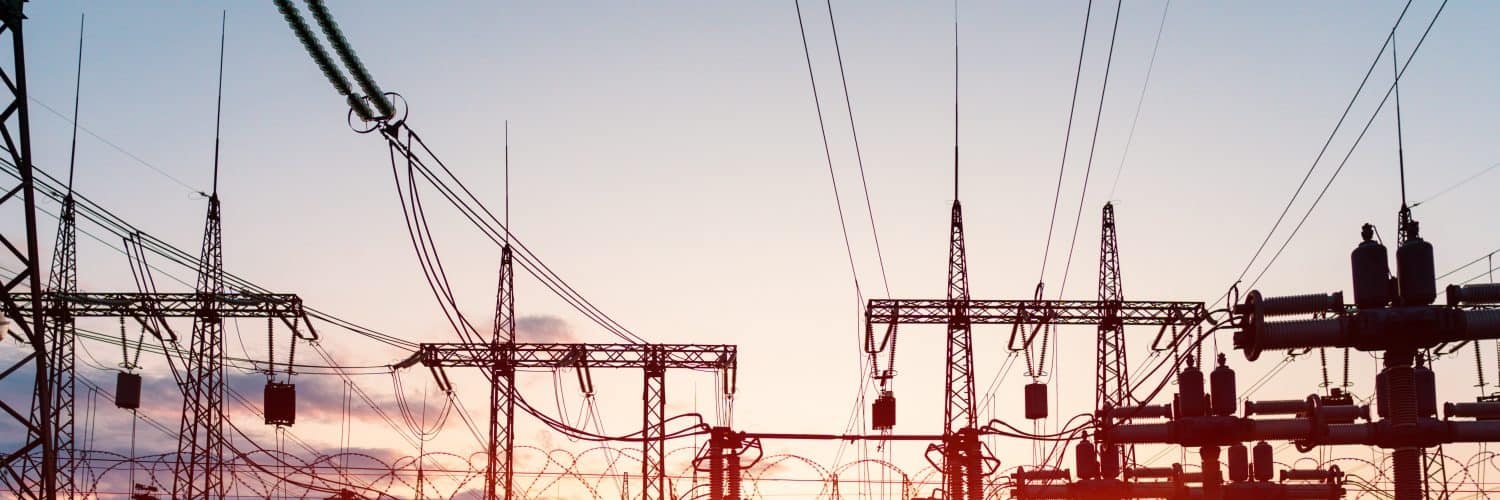Alberta’s weighted average Power Pool price for July is currently $132.01/MWh. Relative to June’s price of $149.99/MWh, this is a decrease of $17.97/MWh or 12%. As a result of the heatwave in the province, there was increased market volatility. Wind generation’s contribution to the supply mix helped suppress prices, even while demand levels continued to reach over 10,000MW the days following the heatwave. On the 7th, the AESO issued a Level 2 Energy Emergency Alert (EEA) and asked Albertans to conserve energy between 4 and 7pm MST; the alert was issued at 4:05pm and lifted at 6:06pm. The combination of the heat warning being issued for parts of the province, minimal wind generation, outages at generators, as well as the Path 2 intertie disruption, were the leading causes of elevated pricing levels. Path 2 is the intertie connecting Alberta and Saskatchewan, which imports electricity into the province. Generator outages occurring at Genesee 1, Sundance 4 and Keephills 2 removed 1,201MW of capacity from the grid during the EEA.
The weighted average Hourly Ontario Energy Price (HOEP) is at 2.4¢/kWh for the month of July, a decrease of 11% or 0.3¢/kWh compared to June’s settle. Demand and supply (15,556MW and 16,612MW) for the opening week of July have remained relatively stable compared to June. Helping lower HOEP is a 20% drop in the supply of natural gas compared to last month (1,376MW), with nuclear slightly increasing its baseload (+1%, 10,382MW). Hydro and biofuel have increased their supply (+7%, 3,621MW; +33%, 46MW), while wind and solar have decreased their supply (-10%, 1,074MW; -4%, 113MW). With the first Global Adjustment estimated at 7.2¢/kWh and the first estimate recovery rate at 0.5¢/kWh, July’s total market price is 10.1¢/kWh.
In other electricity news, a 2-year study on the electrified trucking industry is being conducted through the University of Windsor, with support from the Independent Electricity Systems Operator (IESO) and Mathematics of International Technology and Complex Systems (Mitacs). Working with a local greenhouse grower, the study will not only map popular routes for logistics, to determine where charging locations are needed and when they’re needed most, but also the potential for these batteries to support the electricity system by offloading excess electrons and backfeeding the grid.
– Mark Ljuckanov, Energy Advisor / Ryan Cosgrove, Energy Data Analyst / Sarah Clemente, Energy Data Analyst








Add comment